Macro vs. Telephoto Lens: Uses, Differences, and FAQ
Last Updated on
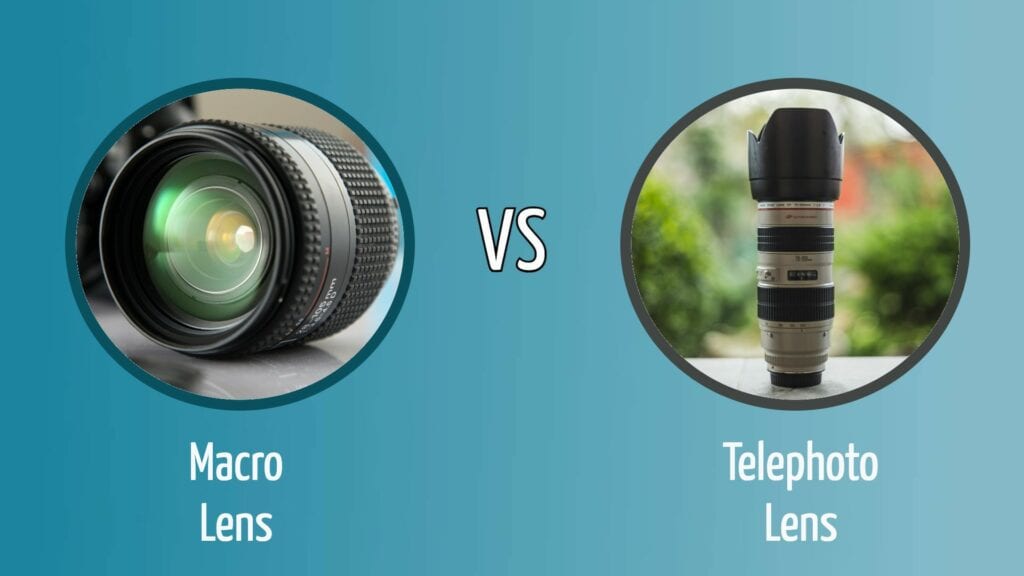
There are several different types of lenses available for interchangeable lens cameras. Two commonly used lens types are macro and telephoto lenses, and while they might seem to offer a similar result, they are, in fact, quite different and cannot usually be used interchangeably.
Below, we look at the differences between these two
types of lenses to help you determine which is right for your particular application and which to spend your money on.

Overview of Macro Lenses
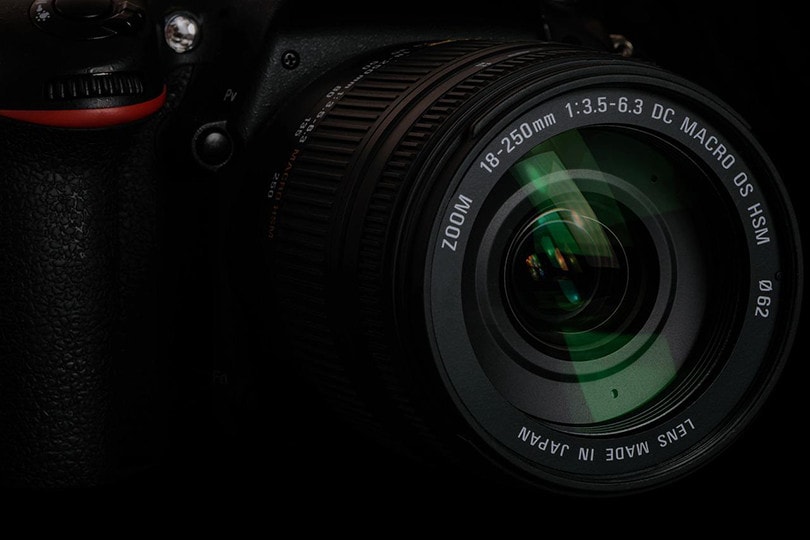
A macro lens is used to shoot extreme closeups with very high levels of detail. They have a very small minimum focus distance, which is the range at which an object is in full focus. They also have a high magnification rate.
Magnification Ratios
A true macro lens has a 1:1 magnification ratio, meaning that the subject of a photo is of the same size as the camera sensor. It creates a true life-size image of the photo subject on the sensor.
For a lens to be considered a true macro lens, it must offer at least 1:1 magnification, although some lenses that are labeled as macro are not quite capable of this level of magnification. On the other hand, some macros lenses can offer even greater magnification rates of 2:1 or even as high as 5:1, although these are considered specialty lenses and carry a high price tag.
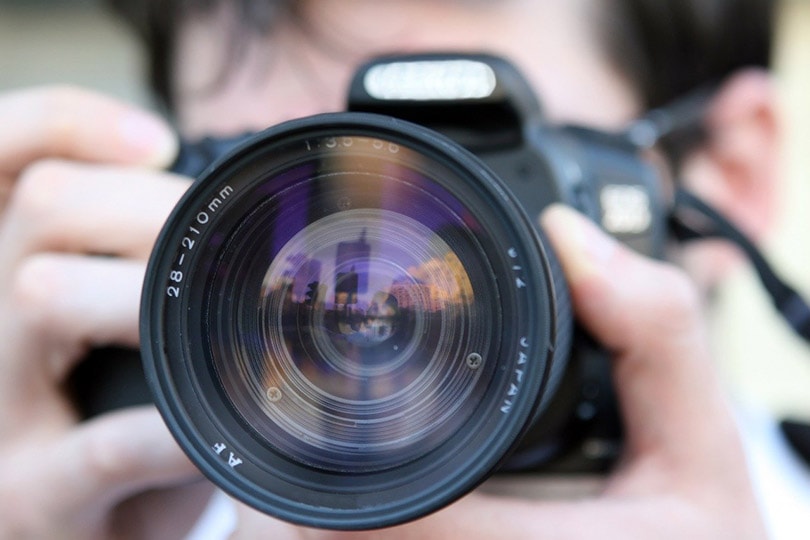
Maximum Aperture
Maximum aperture is the maximum diameter of the hole in the lens. A macro lens has a higher maximum aperture than that of a telephoto lens, which enables greater control over the depth of field of an image. This, when combined with a 1:1 magnification ratio, allows for better close-ups of very small sections of a photo subject.
When to Use a Macro Lens
A macro lens enables and often requires the photographer to get close to the subject being photographed and has a very short minimum focus distance. It is used for extreme closeups of nearby objects and is most often used to photograph the details of insects and flowers, but macro lenses may also be used for food photography and in any other case where precise detail is required.
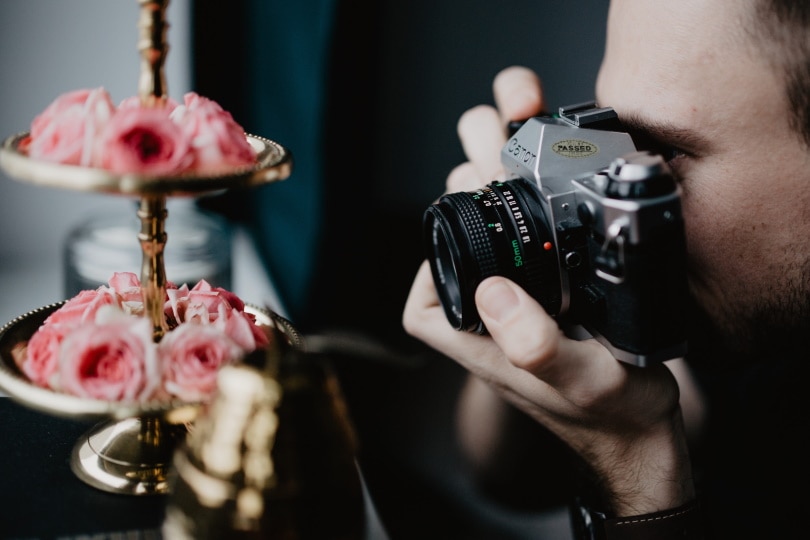
- Small minimum focus distance gives crystal clear close-ups
- Large maximum aperture means it is possible to concentrate on a small section of close-up objects
- Magnification ratio of 1:1 or higher makes it possible to get extreme close-ups of small objects
- A macro lens can be heavy and somewhat difficult to move around
- They can’t bring objects as close as a telephoto lens can

Overview of Telephoto Lenses
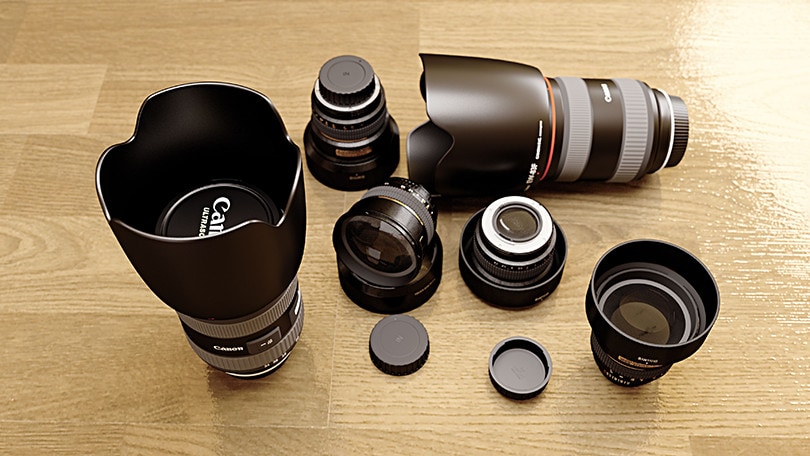
A telescopic lens does not take close-up shots, but it does make distant objects appear closer. It effectively makes objects appear closer than they are. They have a larger minimum focus range than a macro lens, with most requiring that the subject of the photo be at least two meters away from the camera sensor.
Multi-Zoom Lenses
Telephoto lenses can either be fixed focal length or variable focal length, known as zoom lenses. This is the distance at which an object is in focus and while a fixed focal length requires that the photographer be a certain distance from the object they are photographing, with a multi-zoom lens, this distance can be altered. Many multi-zoom lenses also offer auto-focus so that they will focus on the object being photographed automatically, although some do require that the photographer themselves manually focus the lens.
When to Use a Telephoto Lens
Telephoto lenses are not used to get closeups and instead are used to make distant objects appear closer. They are used to take horizon and nature photos and they are used for large group photos, sports photos, and in instances where the photographer cannot get within a few feet of what they are capturing.
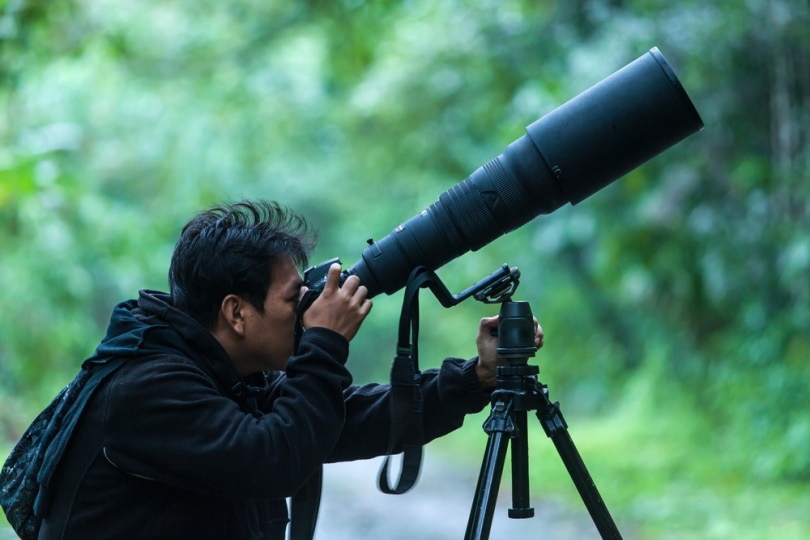
- Can be used for different styles of photography and adapt quickly to the photographer’s needs
- Telephoto lenses make distant objects appear closer
- Suitable for nature and sports photography
- Larger minimum focus range means that a telephoto lens cannot be used for macro photography

Which Is the Right Lens for You?
Telephoto and macro lenses don’t really do the same things. One takes extreme close-up photos of objects close to the photographer while the other zooms in and makes distant objects appear closer than they are. As such, choosing the right lens will depend on the type of photos you are taking, how close you can get to the subject of the photo, and the level of detail required.
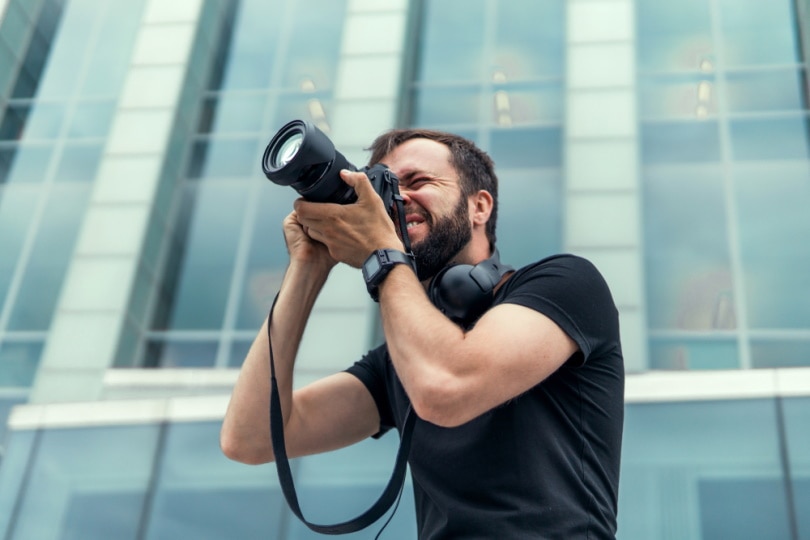
Object Distance
Arguably the biggest difference between a macro lens and a telephoto lens is how close the user is to the object they are photographing. If you are looking to get close-up pictures and are able to photograph from within a few inches of the picture subject, you will need a macro lens. If you are photographing from at least a few meters away, a telephoto lens is the right choice.
Magnification Ratio
Another difference between these two lens types is the level of magnification. A macro lens has a magnification ratio of 1:1, which means that the object is the same size in the camera sensor as it is in real life. A telephoto lens isn’t capable of this level of magnification. You would need a very large camera sensor to be able to photograph a mountain, for example. This magnification means that minute details are displayed with a macro lens but not with a telephoto lens.
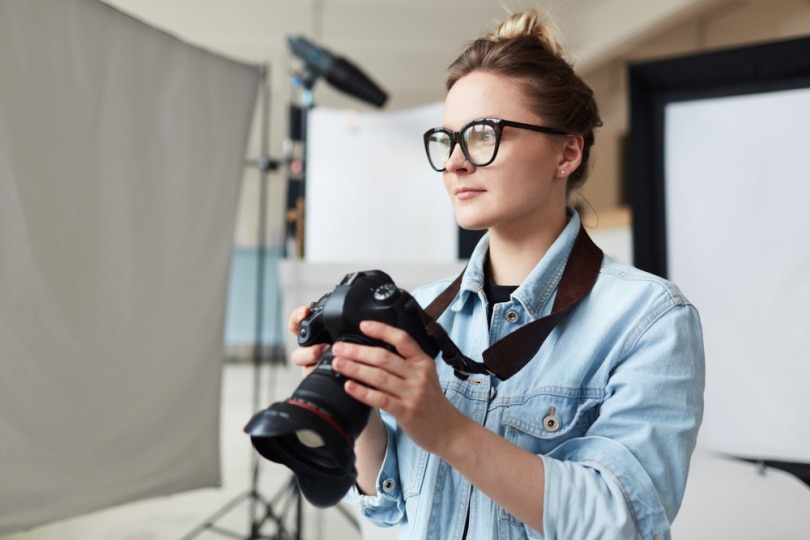
Photo Details
two lenses show different levels of detail. A macro lens can show tiny details down to the hairs on an insect’s head or the pollen in a flower, but it can’t take good distant photographs of scenery. And a telephoto lens cannot provide the same level of detail as a macro lens, nor would you want it to.
What Is a Wide-Angle Lens?
Telephoto and macro lenses are only two types of camera lenses available. Another commonly used lens is the wide-angle lens. A wide-angle lens has a wide field of view and wide-angle lenses typically have a minimum 65° angle.
Wide-angle lenses are most commonly used when the photographer wants to capture as much of a scene as possible. Scenic horizons and cityscapes are common uses for this type of lens, but they can also be used for creative and imaginative photography. They are most often used in travel photography.
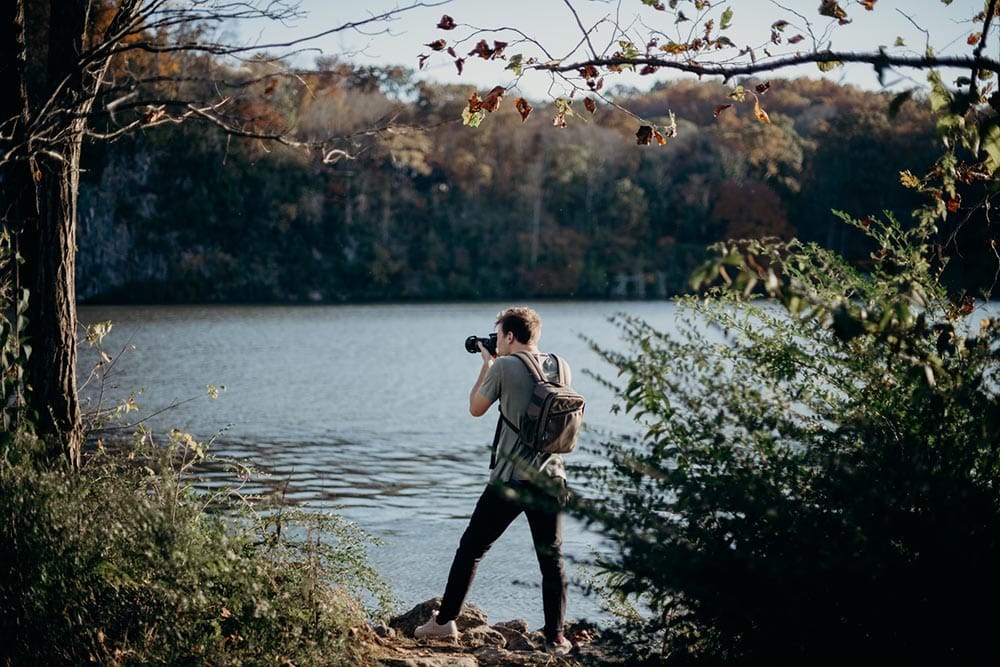

Summing Up
Telephoto and macro lenses are used for different types of photographs and in different circumstances. The macro lens takes closeup and detailed shots of nearby objects while the telephoto lens is used to make distant objects appear closer. Macro lenses are most often used for nature photographs of insects and flowers, while telephoto lenses are used to take pictures of scenery, distant animals, or in sports photography, and getting the right lens for the photograph is important.
Featured Image Credit: Piqsels
About the Author Robert Sparks
Robert’s obsession with all things optical started early in life, when his optician father would bring home prototypes for Robert to play with. Nowadays, Robert is dedicated to helping others find the right optics for their needs. His hobbies include astronomy, astrophysics, and model building. Originally from Newark, NJ, he resides in Santa Fe, New Mexico, where the nighttime skies are filled with glittering stars.
Related Articles:
How to Clean a Refractor Telescope: Step-by-Step Guide
How to Clean a Telescope Eyepiece: Step-by-Step Guide
How to Clean a Rifle Scope: 8 Expert Tips
Monocular vs Telescope: Differences Explained (With Pictures)
What Is a Monocular Used For? 8 Common Functions
How to Clean a Telescope Mirror: 8 Expert Tips
Brightfield vs Phase Contrast Microscopy: The Differences Explained
SkyCamHD Drone Review: Pros, Cons, FAQ, & Verdict
